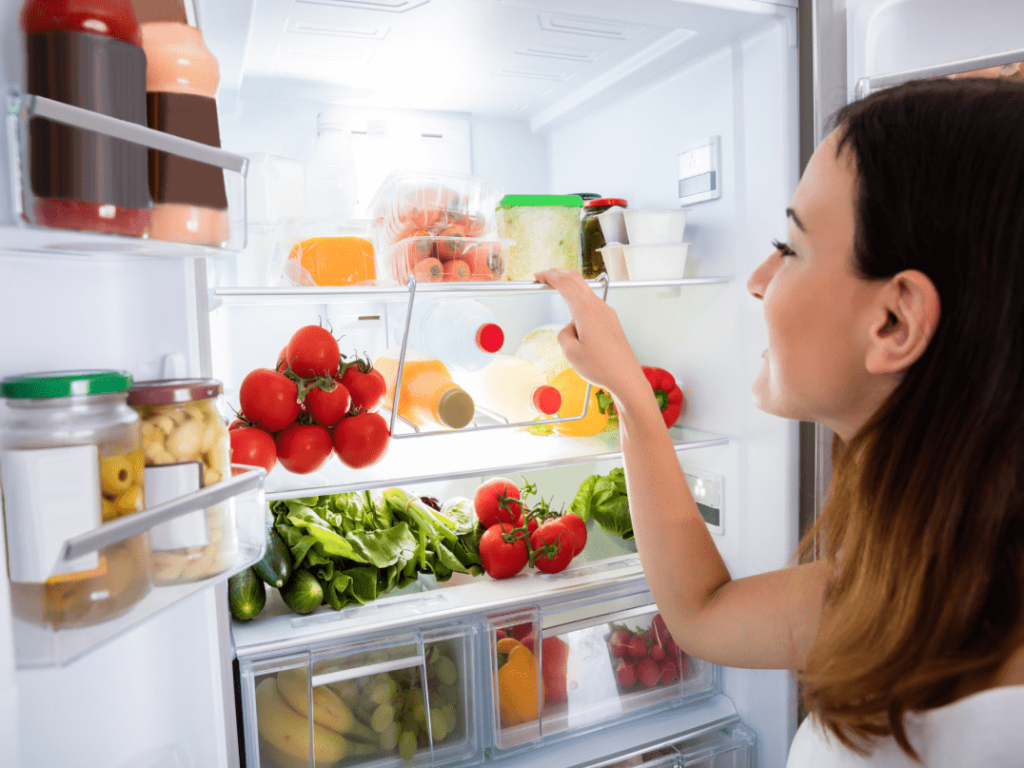Arab cuisine has some of the most delicious dishes in the world. So why not combine your love of food with your language learning to both satiate your hunger and improve your Arabic?
1. Look in Your Fridge
If some of the food you buy is imported from overseas, sometimes the labels might come in different languages including Arabic. If the label doesn’t have Arabic, try using your mobile and a free online Optical Character Recognition (OCR) service. Take a picture of the label and upload it to the OCR website. The website will turn the picture into text that you can copy/paste into an online translator. Then you’ll have all the nutritional information you need in Arabic! Before you know it, you’ll know words like سعرات حراريه / suearat harariah (calories in Arabic), الكربوهيدرات / alkrbuhydrat (carbohydrates in Arabic), and الكوليسترول / alkulistarul (cholesterol in Arabic).
2. Use a Menu as Your Dictionary
Next time you’re out at one of those fancy Arabic restaurants in your neighborhood, ask for the menu in Arabic. Try to order the food in Arabic and ask the نادل /nadil (waiter in Arabic) what مكونات / mukawinat (ingredients in Arabic) make up some of the main dishes. Moreover, you probably already know some names of Arabic foods that have made their way into the American lexicon. Some of these include falafel, shawarma, hummus and shish kebab.
3. Learn from the Experts
Check out local colleges and Arab-American clubs. For example, they sometimes offer night classes on Arab cooking. If you’re really the kind who doesn’t like to venture out much, check out video sharing websites. You can watch Arabic cooking channels like Fatafeat. In addition, you can also improve your language by finding recipes in Arabic and translating them into your language.
4. Learn Kitchenware Vocabulary
And speaking of cooking shows, pay attention not only to the food they’re cooking, but also to the vocabulary they use for the tools they are using. For example, you have words like فرن / foron (oven in Arabic), خلاط / khillat (blender in Arabic) and ملعقة / maleaqa (spatula in Arabic). Further, you can learn words about how they are preparing the food such as خبز / khabaz (bake in Arabic) and يقلى / yaqlee (fry in Arabic).
5. Visit Local Markets
If you plan on visiting one of the Arabic speaking countries, you can learn the names of Arabic vegetables, fruits and other food vocabulary. One of the best reasons to do so is because you can visit the local markets and try some of the best-tasting, freshest food you’ll ever eat.
It is there you’ll get even more familiar with Arabic vocabulary for food as the vendors shout out their offers. You’ll probably also brush up on your Arabic vocabulary words for numbers as you try to figure out the cost per kilo as well.
If after all of this you’re still hungry for more Arabic, then satiate your appetite by visiting our website and downloading the Kaleela Arabic learning app and start learning Arabic today! Along with Modern Standard Arabic, you can learn how to make local delicacies like mansaf , biryani.
You can learn more in other Arabic dialects like Egyptian Arabic, Levantine Arabic, and now, even Syrian Arabic! And Kaleela is so convenient, you can learn Arabic anytime, anywhere and at a pace that’s comfortable for you! Kaleela really is the best way to learn Arabic.



